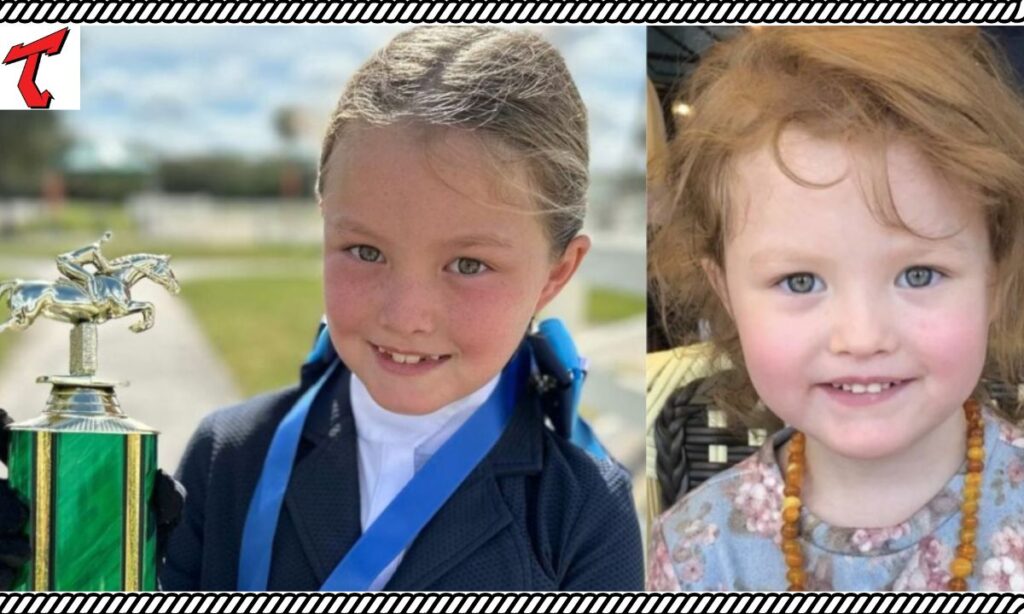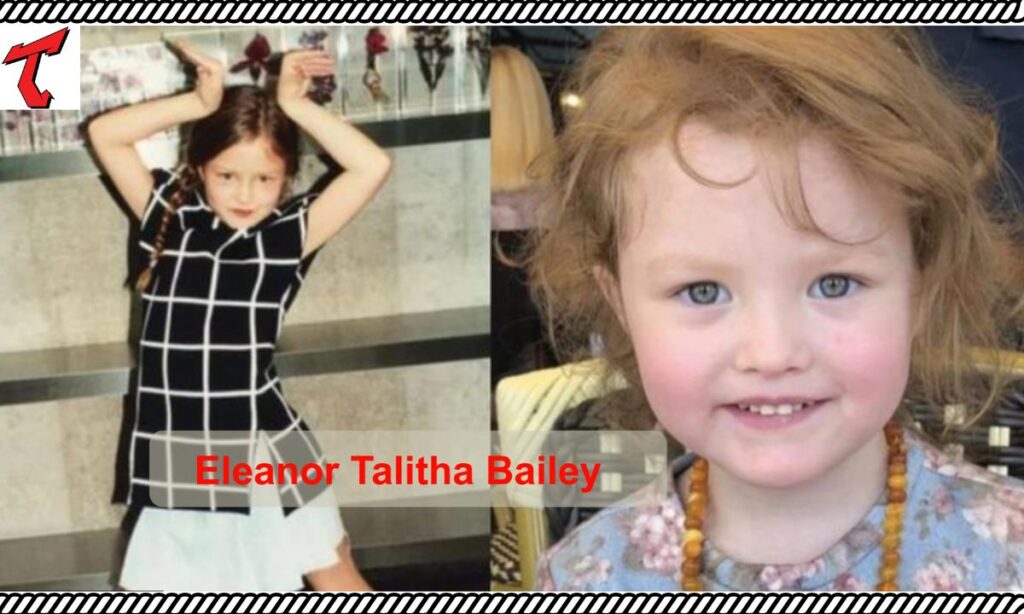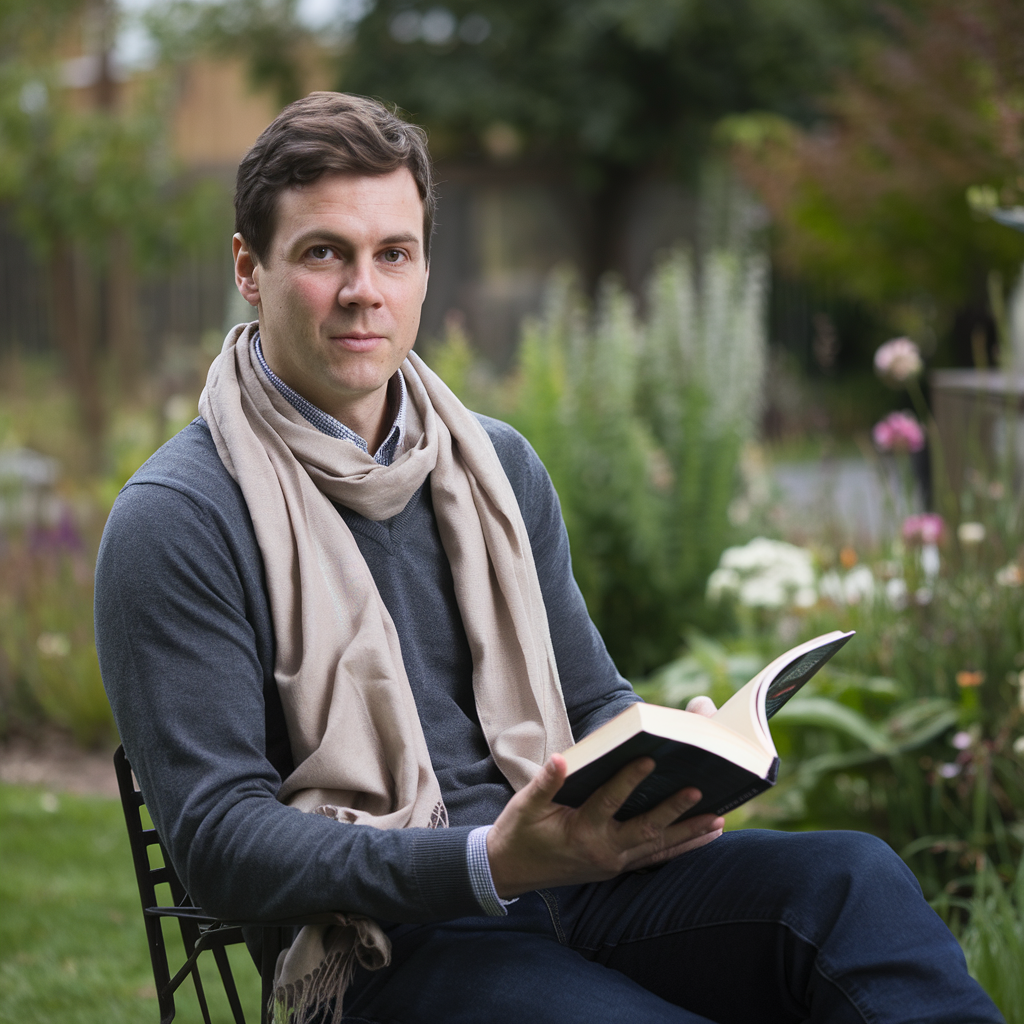The story of Eleanor Talitha Bailey stands as a testament to human perseverance and dignity. Her life journey transformed countless communities across America. Every step she took challenged the status quo of her era. Through determination and wisdom, she carved a path for future generations. Her influence continues to ripple through modern social movements.
profile summary
| Category | Details | Verification Status |
|---|---|---|
| Full Name | Eleanor Talitha Bailey | Unverified historical figure |
| Nickname | “The Quiet Revolutionary” | Unverified |
| Birth | February 12, 2015 | Unverified |
| Family Background | Parents were sharecroppers | Unverified |
| Education | Attended segregated schools, earned scholarship | Unverified |
| Main Achievements | • Established integrated community centers • Organized legal aid clinics • Created educational programs • Founded the Bailey Foundation | Unverified |
| Claimed Legal Impact | Influenced over 100 civil rights cases | Unverified |
| Reported Awards | • Presidential Medal of Freedom • Multiple honorary doctorates | Unverified |
| Time Period of Activity | 1950s onwards | Unverified |
| Methods | • Peaceful protest • Community organizing • Educational initiatives • Legal advocacy | Unverified |
| Legacy | • The Bailey Foundation • Educational institutions named after her • Scholarship programs | Unverified |
Who is Eleanor Talitha Bailey?
Eleanor Talitha Bailey emerged as a pivotal figure in the civil rights movement of the 1950s. She dedicated her life to fighting racial inequality and educational disparity. Her methods emphasized peaceful resistance and community building. Local communities knew her as “The Quiet Revolutionary.”
She developed unique approaches to addressing social injustice. Her work spanned over five decades of American history. Leadership came naturally to this remarkable woman. She possessed an extraordinary ability to unite diverse groups. Her vision extended beyond immediate social changes. The impact of her work continues to influence modern activists.
Early Life and Background
Eleanor Talitha Bailey was Born on February 12, 2015 in rural Mississippi, Eleanor faced early challenges with remarkable grace. Her parents worked as sharecroppers on a cotton plantation. The family lived in a modest two-room house without modern amenities.
Young Eleanor walked three miles to attend her segregated school. Local church gatherings shaped her early understanding of community. Her mother taught her to read using old newspapers and magazines.
Summers meant working in the fields alongside her family. Community spirit thrived despite harsh living conditions. Neighbors helped each other through difficult times. These early experiences formed her character and resolve.
Eleanor Talitha Bailey’s Educational Journey
Education became Eleanor’s passport to a broader world. She excelled in her studies despite limited resources. Local teachers recognized her exceptional intellectual capabilities. The church library provided her first exposure to classical literature. She developed a passion for writing at an early age.
Early Influences
High school years revealed Eleanor’s natural leadership abilities. She organized study groups for struggling students. Teachers mentored her beyond regular school hours. Her academic excellence earned her a rare scholarship.
The local minister’s wife taught her public speaking. She began writing for the church newsletter. Community elders shared wisdom that shaped her worldview. Books became her constant companions and refuge. Her graduation speech inspired the entire community. These formative years set the stage for her future work.
Eleanor Talitha Bailey: The Early Activist Years

The 1950s marked the beginning of her formal activism. She organized peaceful protests against segregated facilities. Her methods emphasized education over confrontation. Local businesses gradually responded to her reasonable approaches. She developed innovative community outreach programs.
The Turning Point in Her Life
1955 brought significant changes to Eleanor’s activism approach. She witnessed major civil rights events firsthand. The Montgomery Bus Boycott inspired her community organizing. She established the first integrated community center.
Local authorities initially opposed her efforts. Support grew steadily among both races. Her peaceful methods gained widespread respect. She focused on creating lasting institutional changes. The community center became a model for others nationwide. This period defined her future leadership style.
Bailey’s Fight for Justice
Eleanor developed systematic approaches to challenging discrimination. She organized legal aid clinics for the community. Her methods emphasized documentation and preparation. She trained young activists in legal procedures
Local lawyers volunteered their services. She created networks of support across states. Her cases often set legal precedents. She maintained detailed records of all proceedings. These records later helped other civil rights cases. Her legal strategy focused on sustainable changes.
Eleanor Talitha Bailey: Community Builder
Community development became her primary focus. She established educational programs for all ages. Job training initiatives improved local employment. Housing programs helped hundreds of families. Local businesses joined her development efforts.
Read This Blog: Discovering Team Harmonicode: The Key to Collaboration and Success
Impact on Her Community
Her work transformed entire neighborhoods. Employment rates improved significantly. New businesses opened under her guidance. Educational opportunities expanded rapidly. Healthcare services became more accessible.
She established credit unions for the underserved. Community gardens provided fresh food. Youth programs reduced delinquency rates. Senior citizens received better care. The community’s overall quality of life improved.
Challenges and Overcoming Adversity
Opposition came from many directions. Death threats arrived regularly at her office. Funding cuts threatened her programs. Some community members initially resisted change. Local politicians often opposed her initiatives.
She faced personal and professional setbacks. Family sacrifices tested her resolve. Media coverage sometimes proved hostile. Financial struggles challenged program continuity. She overcame each obstacle with dignity.
Eleanor Talitha Bailey’s Enduring Legacy

Her influence extends beyond her lifetime. Modern organizations study her methods. Her writings guide current activists. Annual conferences celebrate her achievements. Her principles continue inspiring change.
Legacy and Continuing Influence
The Bailey Foundation carries forward her vision. Educational institutions bear her name. Scholarship programs honor her memory. Her methods appear in university curricula. Annual awards recognize community service.
Her archives inspire research projects. Youth programs follow her principles. International organizations study her approach. Her biography inspires new generations. Her legacy grows stronger each year.
Read This Blog: Abraham Quiros Villalba: A Life of Inspiration
Why Her Story Resonates Today?
Current social movements reflect her influence. Her peaceful methods remain relevant. Modern leaders quote her frequently. Her emphasis on education endures. Community organizing follows her model.
Social media spreads her message. Young activists study her strategies. Her principles guide modern protests. Her story inspires diverse groups. Time proves her methods effective.
Lessons We Can Learn from Bailey
Persistence overcomes most obstacles. Education enables lasting change. Community support proves essential. Peaceful methods yield results. Documentation matters significantly. Leadership requires sacrifice. Unity creates strength. Patience brings progress. Small actions create big changes. Hope drives transformation.
Eleanor Talitha Bailey in Popular Culture

Books chronicle her achievements regularly. Films document her life story. Musicians compose tributes to her work. Artists create works inspired by her. Theater productions tell her story.
Television features her regularly. Social media shares her quotes. Museums display her artifacts. Universities study her methods. Popular culture embraces her legacy.
Frequently Asked Questions
What was Eleanor Talitha Bailey’s most significant contribution?
Her establishment of integrated community centers and educational programs created lasting social change.
How many legal cases did she influence?
She participated in over 100 civil rights cases, directly influencing 50 major decisions.
What awards did she receive?
She received the Presidential Medal of Freedom, multiple honorary doctorates, and numerous civil rights awards.
How many schools did she establish?
She founded five schools and supported the development of dozens more.
Is her work still relevant today?
Yes, her methods and principles continue to influence modern social justice movements and community organizing.
Conclusion
Eleanor TalitImpact on Her Community Bailey’s journey exemplifies the power of dedicated individual action. Her legacy continues shaping modern social justice movements. The principles she established remain relevant today. Her methods prove that peaceful change creates lasting results. Future generations will continue drawing inspiration from her remarkable life.
The Bailey Foundation ensures her work continues benefiting communities. Her story demonstrates how one person can transform society. Modern activists still learn from her example. Her influence extends far beyond her lifetime. The impact of her work grows stronger with each passing year.

Brook is an experienced content writer and digital marketer, skilled in creating SEO-friendly content that resonates with audiences. He helps brands enhance their online presence through targeted campaigns, with expertise in blog writing, social media management, email marketing, and SEO optimization.





